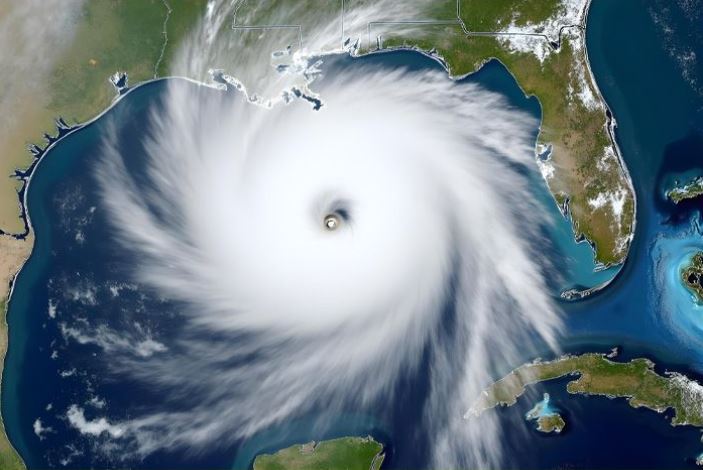Hurricane Season is Back. Here Are Some Tips for Pet Parents.

Hurricane Season is here again. The official hurricane season runs from June 1st through November 30th. Unfortunately, these powerful storms are a fact of life for South Floridians. Safety officials advise that residents develop hurricane emergency plans — and pawrents need to consider their fur babies in those plans, too. Here are some disaster-readiness tips to keep them safe.
How to Prepare in Advance
You and your pets need to stay together during a storm. Assembling these essential items now gives you the flexibility to evacuate with everything your pet needs if a storm suddenly threatens your area.
Up-to-Date Identification
In case you and your pets get separated during a storm, you want to be sure that they can be identified. They should be wearing their collars with current ID tags. Microchipping your pet is an excellent way to achieve this, and we can help with that! Be sure that your contact information is updated in the microchip registry so you can be reunited.
A Pet Emergency Kit
If you do have to evacuate, we recommend that you take these important items with you:
- A week’s supply of food, water, and bowls
- Bedding, cat litter, litter box, and trash bags
- Medications
- Vaccination records
- Pet insurance information
- Carriers labeled with your pet’s name, breed, and your contact info
- A leash and harness (for kitties too!)
- Current photos of you and your pet together
Placing all of these things in a plastic container that you can quickly grab on the go is always a good idea. Don’t wait until the last minute to prepare.
Here’s the AVMA’s Pet Evacuation Kit —a complete checklist of items to gather for your pets during hurricane season.
Evacuation, Shelter, and Veterinarian Plans
Prepare a list of the evacuation centers and shelters in your area that accept pets. There are pet-friendly shelters in South Florida, but they may require pre-registration and a vaccination record. Shelters may limit the number and types of pets you can bring.
You can arrange to stay with friends and family, or at pet-friendly motels outside the evacuation area and high-risk flood zones. It’s a smart idea to identify one or two veterinary clinics along your route.
How Storms Affect Pets Physically and Emotionally
Pets are more in tune with the weather. Their senses can hear, smell, and feel the change in atmospheric pressure, humidity, and even wind. You may notice your pet hiding under the bed or in the closet. They may pant or begin to hypersalivate — these signs may appear even before you see any changes outside.
To help keep them calm:
- Play calm classical music to drown out outside noise
- Create a darker and padded area (such as blankets on top of a crate) somewhere quiet and calm in the home
- Some pets may benefit from a Thunder-Shirt™ for added comfort
- Some pets may need extra help staying calm – Ask us about medication if your pet has a heightened sense of anxiety
Sheltering at Home
If you’re riding out a storm at home, keep your pets with you in the safest room possible. Cats and dogs may hide in places you can’t reach. Crates may be the safest place for them. Even though they’re at home with you, make sure they have their collars with their current ID tags. Don’t forget to prepare an indoor potty area, too.
Recovering After the Storm
After a storm system passes, your pets may not have their familiar visual or scent landmarks to navigate outdoors. Keeping them leashed prevents them from getting lost. If your pet is lost, contact Miami-Dade Animal Services (by dialing 311) and post their photos on social media to increase your chances of being reunited.
More Resources for Pet Preparedness
For additional information on keeping your pets safe during hurricane season, check out these helpful links:
Final Tip
If you need medications, microchipping, or vaccination-record updates, get in touch with us today to schedule an appointment. We’re here for you and your pet!